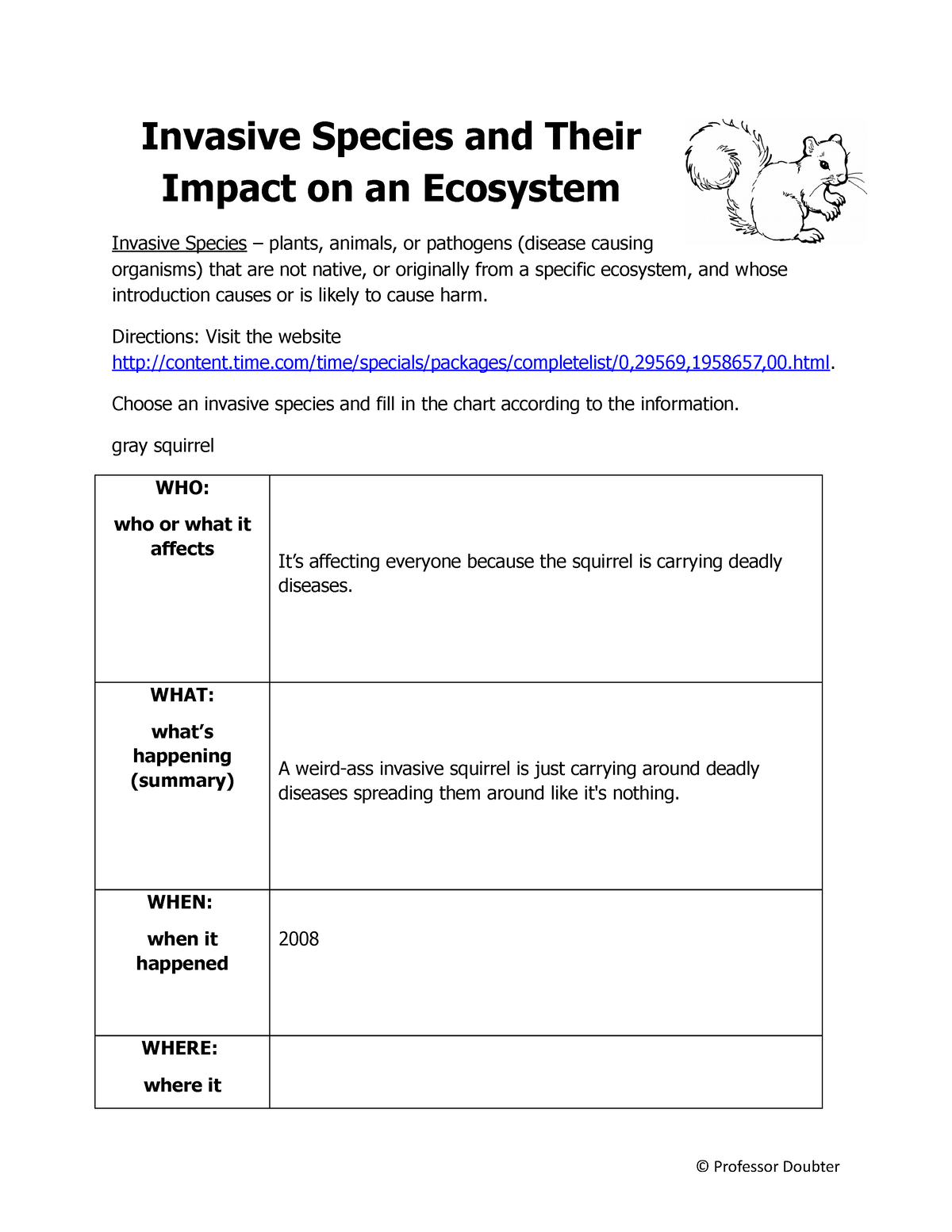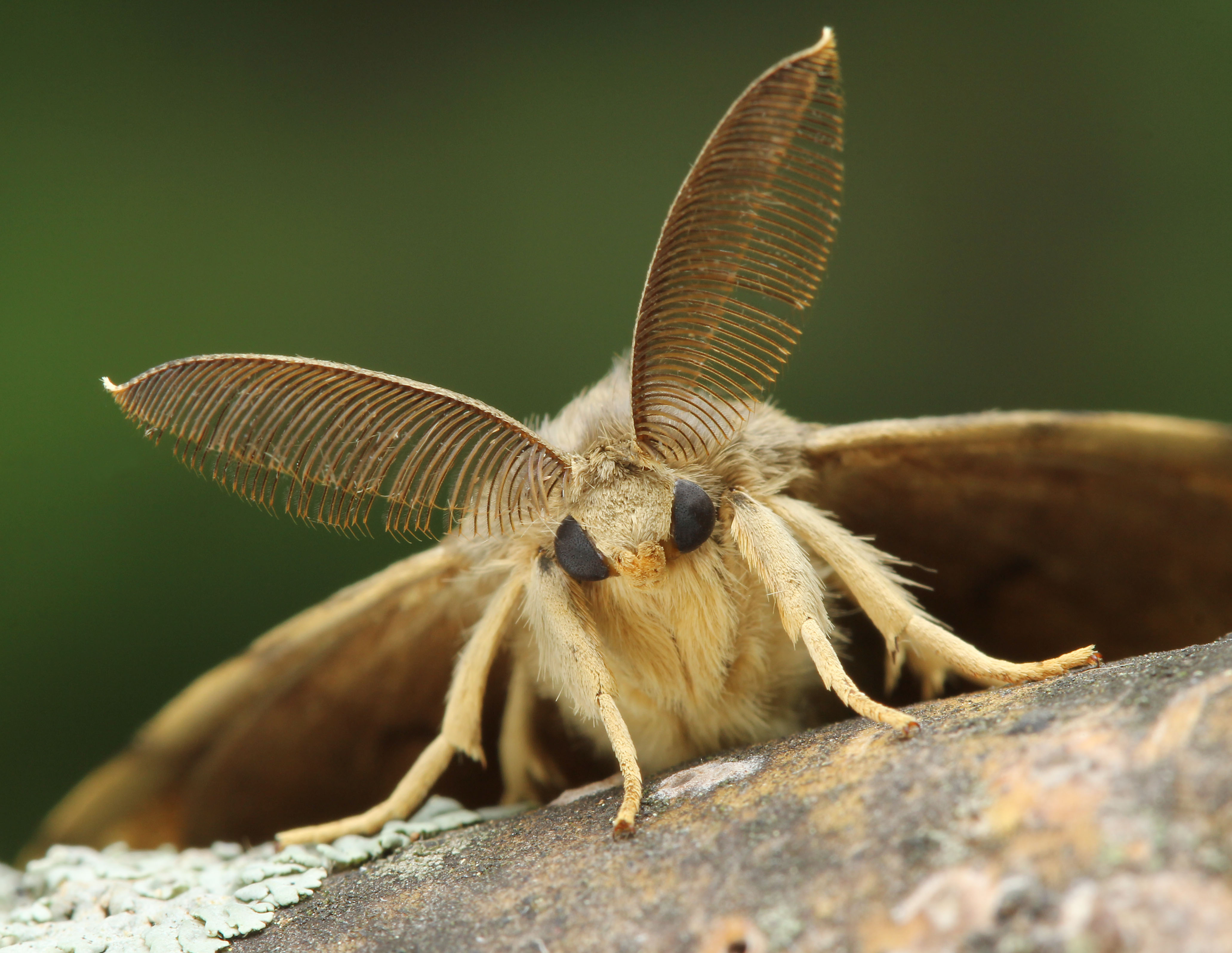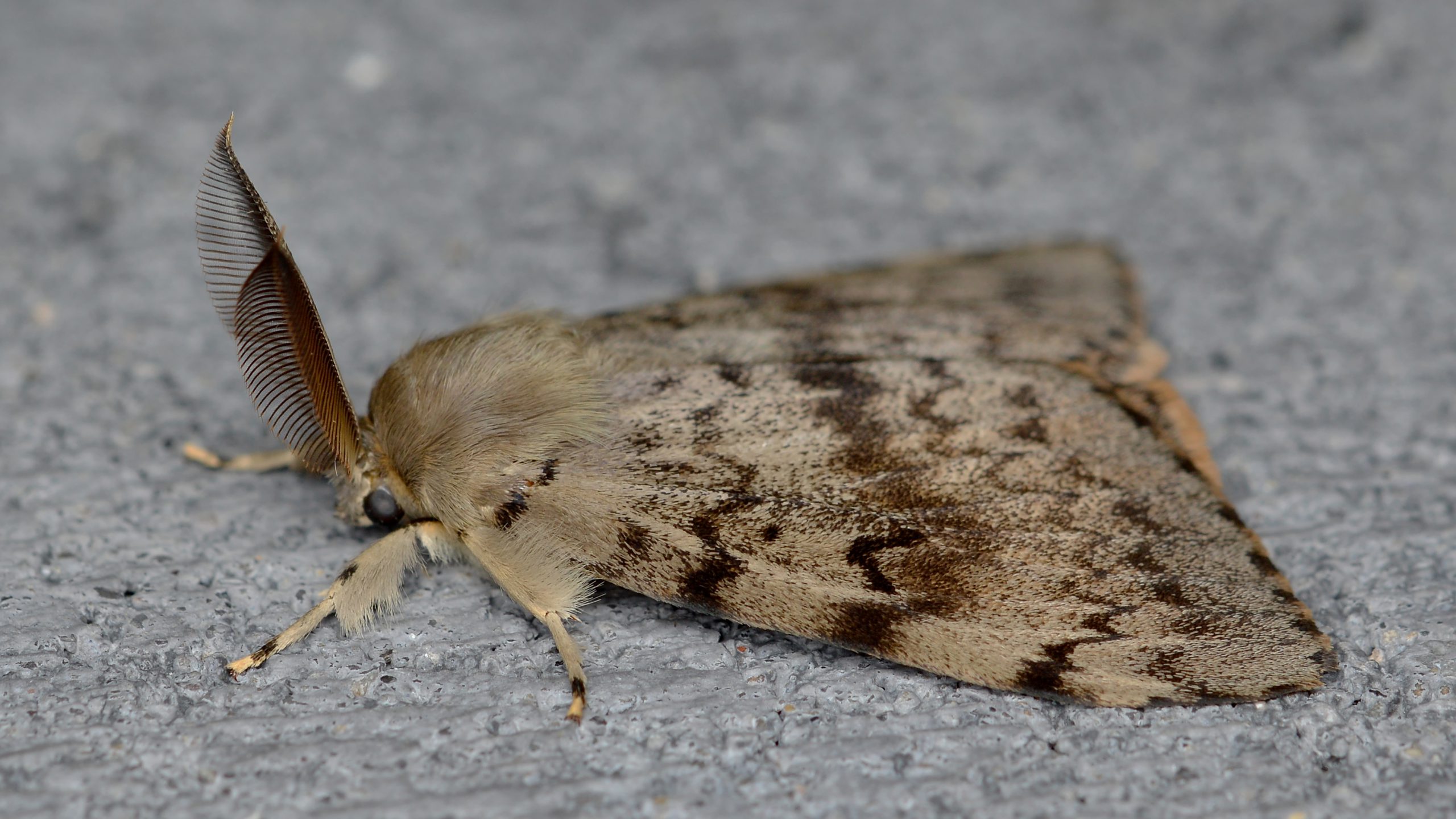Egeprocessionsspinner: The Invasive Moth And Its Impacts
Egeprocessionsspinner: The Invasive Moth That's Expanding Its Range and Impacting Human Health
Editor's Notes: Egeprocessionsspinner: The Invasive Moth And Its Impacts have published today date; Egeprocessionsspinner: The Invasive Moth And Its Impacts is a growing concern for many reasons. Understanding the facts about this invasive species can help you take steps to protect yourself and your surroundings.
An invasive moth known as the Egeprocessionsspinner is progressively spreading across Europe, posing threats to both human health and the environment. We have conducted extensive research and analysis to compile this guide, providing comprehensive insights into Egeprocessionsspinner: The Invasive Moth And Its Impacts so that you can make informed decisions about how to address this issue.
Key Differences: Egeprocessionsspinner vs. Native Moths
FAQ
This section addresses frequently asked questions and aims to rectify misconceptions surrounding the invasive Egeprocessionsspinner moth and its ecological impacts.

Residential Home Automation - Portsmouth -%%sep%% MOTH Lighting SWOOSH SHOP - Source www.mothlighting.co.uk
Question 1: What is the Egeprocessionsspinner moth?
The Egeprocessionsspinner is a species of moth belonging to the family Notodontidae. Native to Central and Southern Europe, it has recently expanded its range to other regions, including parts of North America.
Question 2: Why is it considered an invasive species?
The Egeprocessionsspinner's rapid population growth and the potential damage it causes to ecosystems have led to its designation as an invasive species. Its larvae feed on the leaves of various deciduous trees, contributing to deforestation and altering plant communities.
Question 3: What are the environmental impacts of the Egeprocessionsspinner?
The caterpillars of the Egeprocessionsspinner produce urticating hairs that can cause severe skin irritation, respiratory problems, and other health issues in humans and animals. Additionally, their feeding habits disrupt the balance of forest ecosystems by damaging or killing trees.
Question 4: How is the Egeprocessionsspinner spreading?
The spread of the Egeprocessionsspinner is primarily facilitated through human activities. The transportation of infested plants and materials, such as firewood or nursery stock, can introduce the moth to new areas.
Question 5: What measures can be taken to control its population?
Effective management of the Egeprocessionsspinner requires a multi-faceted approach. This includes implementing quarantine measures to prevent its spread, using pheromone traps for population monitoring, and employing biological control agents such as natural predators.
Question 6: What is the outlook for the future of the Egeprocessionsspinner?
Given its invasive nature, the Egeprocessionsspinner is likely to continue expanding its range and causing ecological impacts. Researchers and stakeholders must remain vigilant in monitoring its spread and developing innovative strategies to mitigate its effects.
By addressing these concerns, we hope to increase awareness about the Egeprocessionsspinner and facilitate informed decision-making for its management.
Read on to explore specific case studies and research initiatives addressing the Egeprocessionsspinner and its impacts.
Tips
If you find yourself dealing with an infestation of Egeprocessionsspinner: The Invasive Moth And Its Impacts, it is important to take action quickly and effectively. Here are some tips to help you manage and control the population of this invasive moth while minimizing its impact on your property and environment.
Tip 1: Identify and Remove Nests
The first step in controlling the population of the Egeprocessionsspinner moth is to locate and remove their nests. Nests are typically found in trees and shrubs and appear as white or cream-colored sacs. It is essential to remove these nests while they are still active to prevent the larvae from spreading to other areas.
Tip 2: Use Biological Control Methods
Biological control involves introducing natural predators or parasites that feed on the Egeprocessionsspinner moth. This method can be effective in reducing the population of the moth over time without the use of pesticides or other harmful chemicals.
Tip 3: Use Pheromone Traps
Pheromone traps are a effective way to attract and capture male Egeprocessionsspinner moths. By placing these traps in strategic locations, you can reduce the number of moths available to mate and lay eggs, leading to a decline in the population.
Tip 4: Maintain Property Cleanliness
Regularly cleaning up fallen leaves and other debris around your property will help to remove potential hiding places for the Egeprocessionsspinner moth. This will make it more difficult for the moth to establish a population in your area.
Tip 5: Use Pesticides as a Last Resort
If other methods have proven ineffective, pesticides may be necessary to control the population of the Egeprocessionsspinner moth. However, it is important to use pesticides only as a last resort and to follow all label instructions carefully.
By following these tips, you can effectively manage and control the population of the Egeprocessionsspinner moth on your property. It is important to remember that early detection and intervention are key to minimizing the impact of this invasive moth.
Egeprocessionsspinner: The Invasive Moth And Its Impacts
The Egeprocessionsspinner is an invasive moth species that poses significant threats to both human health and the environment. Understanding its impacts is crucial for developing effective management strategies.
- Invasive: Native to Europe, this species has spread rapidly, infesting forests and urban areas worldwide.
- Irritating Hairs: The caterpillars possess urticating hairs that can cause severe skin rashes and respiratory problems.
- Defoliator: Larvae feed voraciously on oak leaves, leading to defoliation and tree decline.
The Egeprocessionsspinner's invasive nature, coupled with its irritating hairs and defoliating capabilities, highlights the need for comprehensive management. Local authorities and researchers are actively working on effective control measures, including biological control agents, pheromone traps, and public awareness campaigns. Tackling the impacts of the Egeprocessionsspinner is essential to safeguard human health, preserve forest ecosystems, and prevent further spread of this invasive species.

Invasive Species research worksheet - Worksheets Library - Source worksheets.clipart-library.com

Gypsy Moth (Lymantria dispar), an Ontario Invasive Species - Source dutchstylelandscaping.ca
Egeprocessionsspinner: The Invasive Moth And Its Impacts
The Egeprocessionsspinner (Thaumetopoea processionea) is an invasive moth native to Europe. It was accidentally introduced to North America in the late 1800s and has since become a major pest in many areas. The Egeprocessionsspinner is a defoliator, meaning that its larvae feed on the leaves of trees. This can cause significant damage to trees, especially oaks and other hardwoods. In addition to the damage it causes to trees, the Egeprocessionsspinner is also a threat to human health. The larvae have urticating hairs that can cause severe skin irritation, eye irritation, and respiratory problems.

A Year of Ldd Moth – Invasive Species Centre - Source www.invasivespeciescentre.ca
The Egeprocessionsspinner is a serious threat to both trees and human health. It is important to be aware of this invasive moth and to take steps to prevent its spread. There are a number of things that can be done to help control the Egeprocessionsspinner population, including:
- Inspecting trees for egg masses and larvae
- Removing egg masses and larvae from trees
- Using insecticides to kill larvae
- Planting resistant tree species
By taking these steps, we can help to protect our trees and our health from the Egeprocessionsspinner.
The Egeprocessionsspinner is a significant pest that can cause serious damage to trees and human health. It is important to be aware of this invasive moth and to take steps to prevent its spread. By working together, we can help to protect our trees and our health from this threat.
| Details | Egeprocessionsspinner: The Invasive Moth And Its Impacts |
|---|---|
| Cause | Accidental introduction to North America from Europe |
| Effect | Defoliation of trees, damage to human health |
| Importance | Significant pest, threat to trees and human health |
| Practical Significance | Prevention measures include inspecting trees, removing egg masses, using insecticides, and planting resistant tree species |
Conclusion
The Egeprocessionsspinner is a serious threat to both trees and human health. It is important to be aware of this invasive moth and to take steps to prevent its spread. By working together, we can help to protect our trees and our health from this threat.
The key to managing the Egeprocessionsspinner is to prevent its spread. This can be done by inspecting trees for egg masses and larvae, removing egg masses and larvae from trees, using insecticides to kill larvae, and planting resistant tree species. By taking these steps, we can help to protect our trees and our health from this invasive moth.
Unlocking Your Site's Potential: Mastering SEO-Friendly Titles, Mohamed Elghaity: Renowned Egyptian Actor And Philanthropist, Abdul Rahman Al-Banoubi: The Extraordinary Egyptian Scholar And Astronomer, Sha'ban 2025: Significance, Traditions, And Spiritual Practices, Italian Football Giants Napoli And Juventus Clash In Serie A Showdown, Srna: A Powerful Micronutrient For Optimal Health, Celestial Insights: Unlocking The Secrets Of The Astro Moon, Miguel Polo Polo: The Colombian Politician Championing Afro-Colombian Rights, Lotería De Boyacá: Sorteo Extraordinario Del 25 De Enero De 2025, Donald Trump's Petro: Unraveling The Crypto-Political Conundrum,